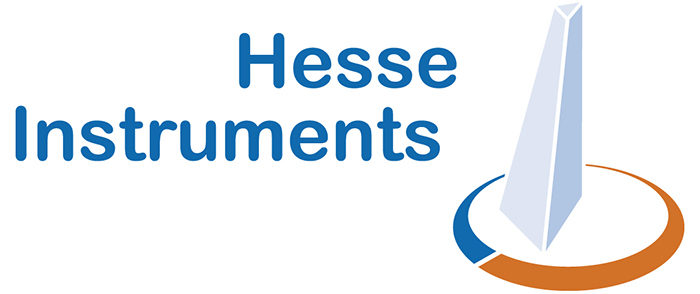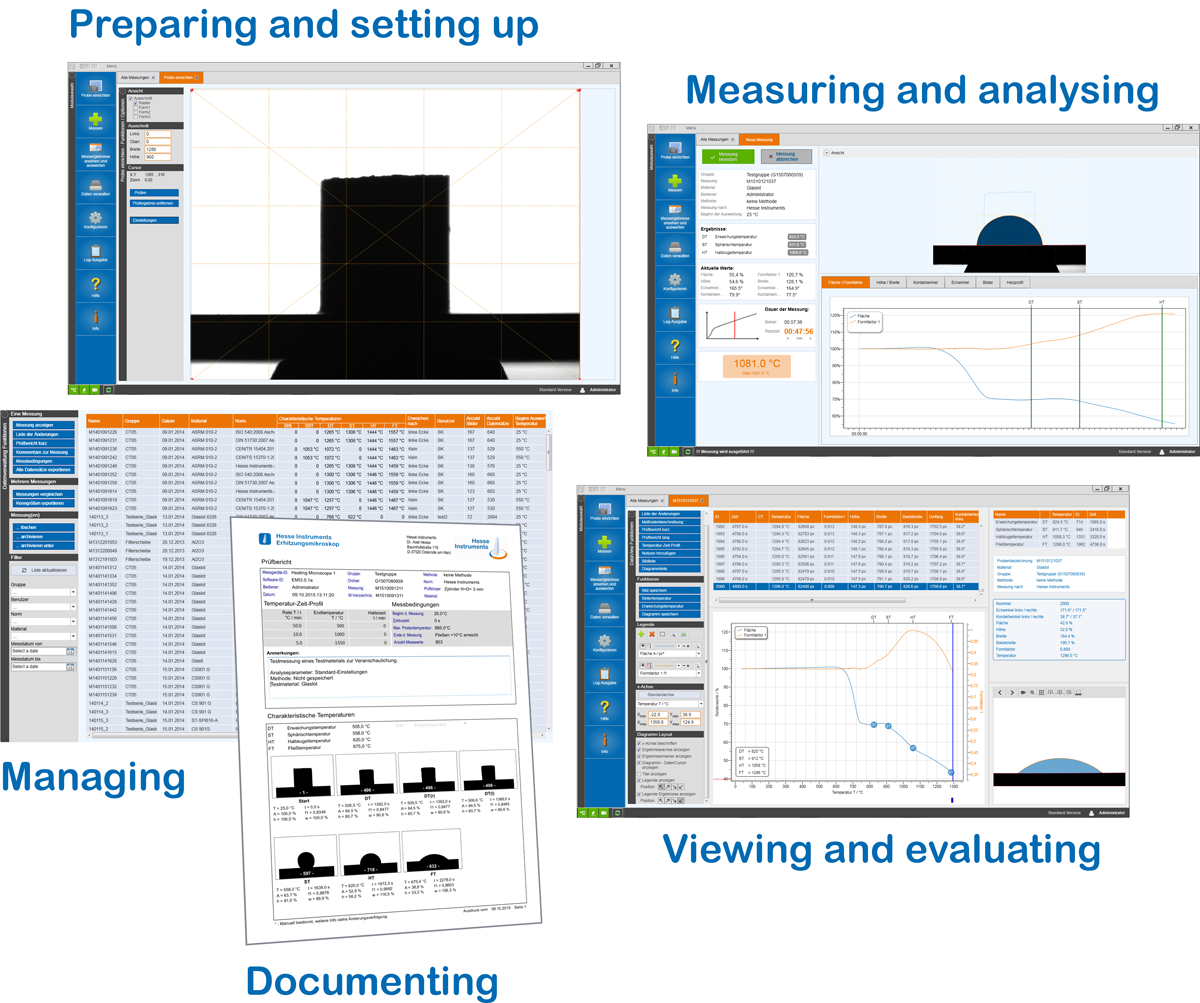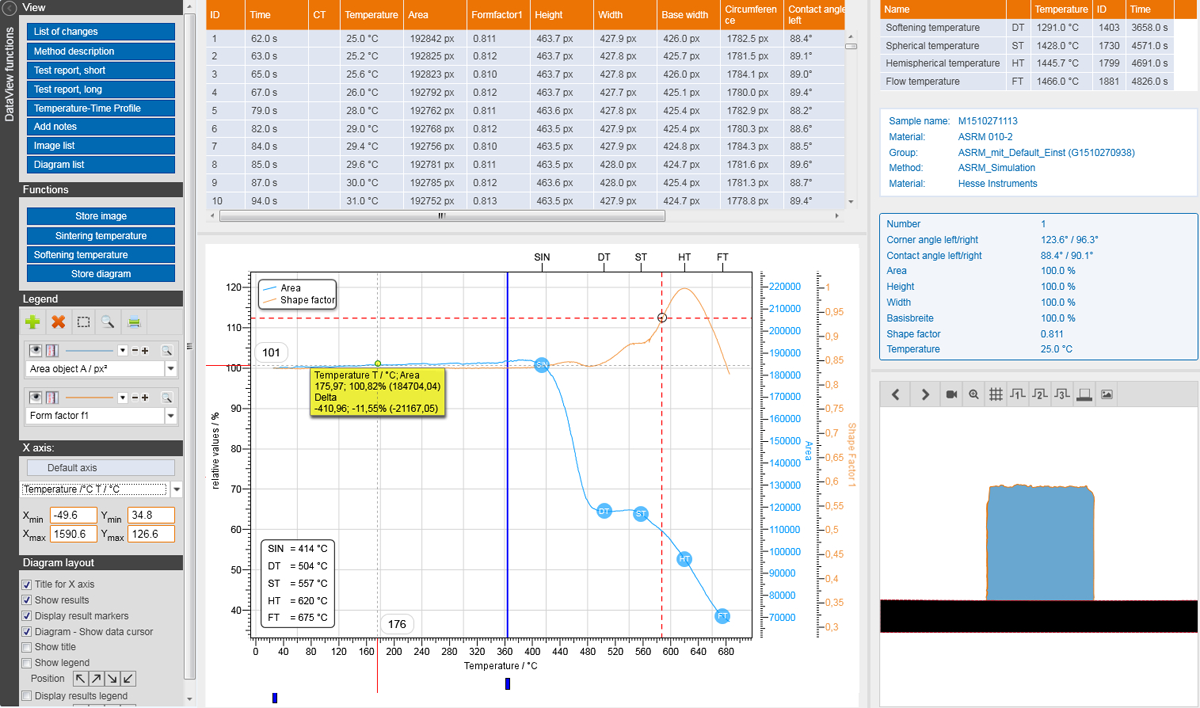EMI III Heating Microscope Software
The EMI III software is the core of the EM301 heating microscope, automating its operation and providing access to all essential measurement-related functions. EMI III can be integrated into existing heating microscopes from Hesse Instruments or Leitz as an upgrade.
Benefits at a glance
- Performance
- Efficiency
- Control and flexibility
State-of-the-art hardware and software |
|
Advanced evaluation algorithms |
|
Network-compatible CCD camera |
|
Clear, structured user interface |
|
Methodological management |
|
Automatic evaluation and documentation |
|
Interactive display of measurement results |
|
Configuration of evaluation parameters |
|
Traceability of changes in measurement evaluation |
|


